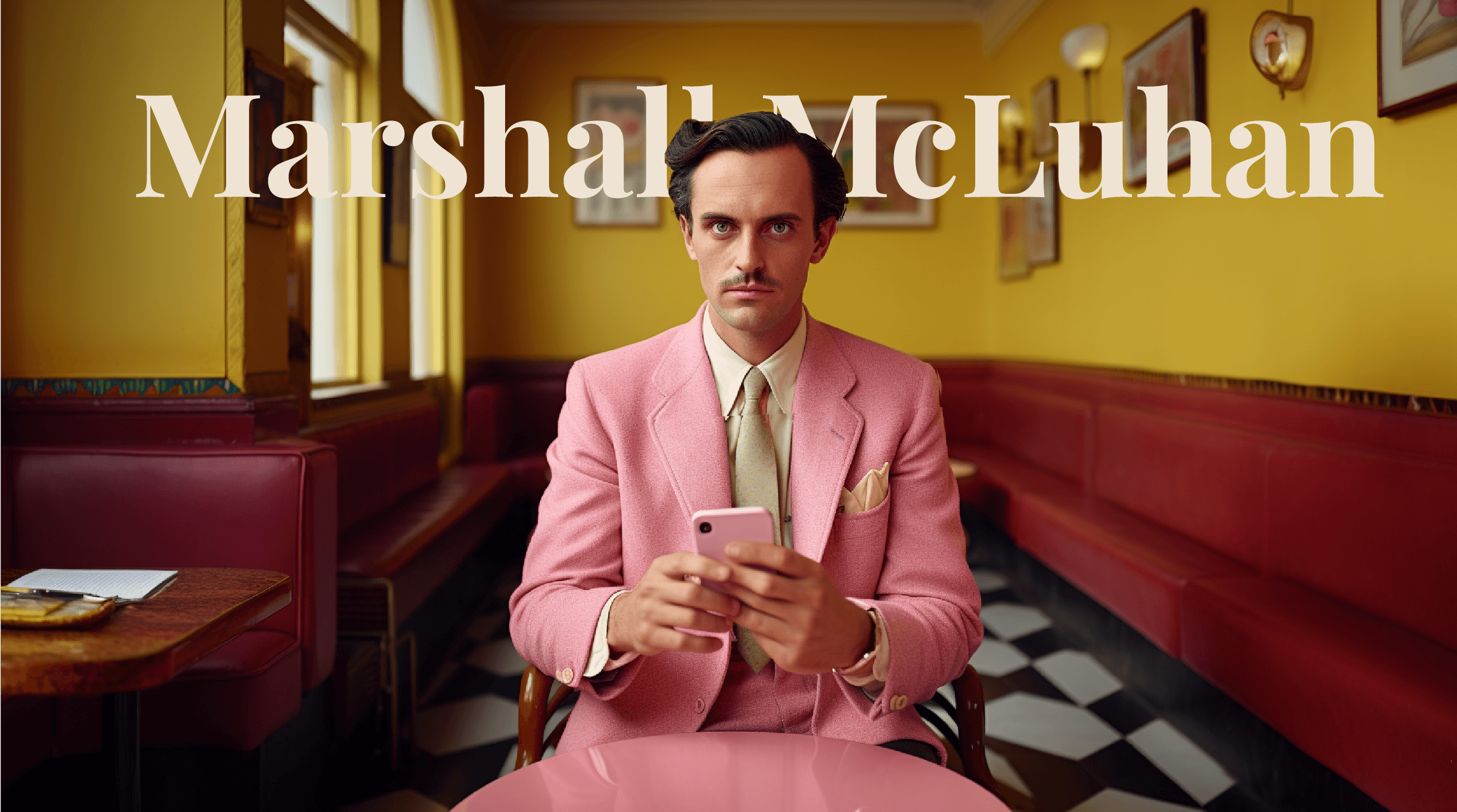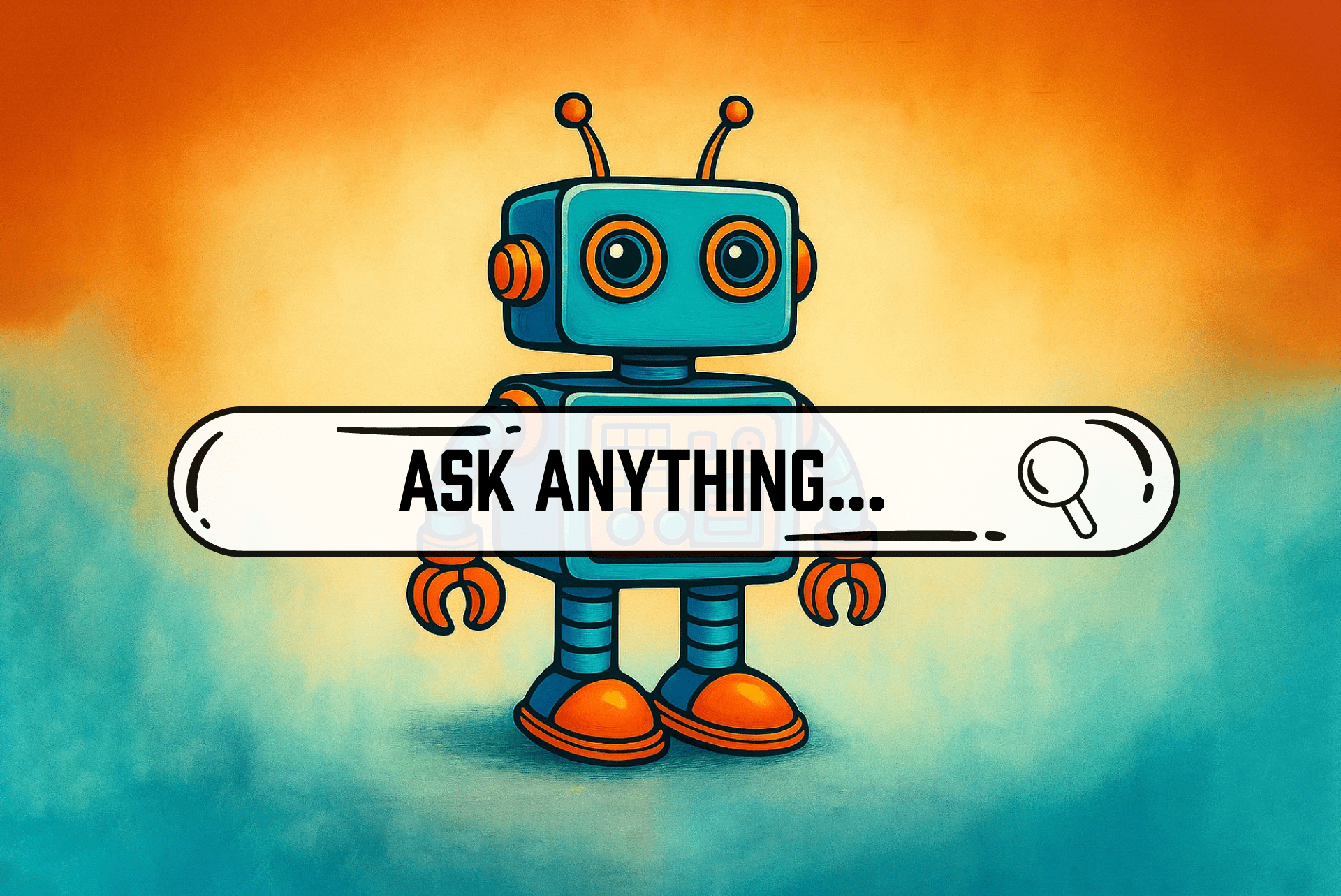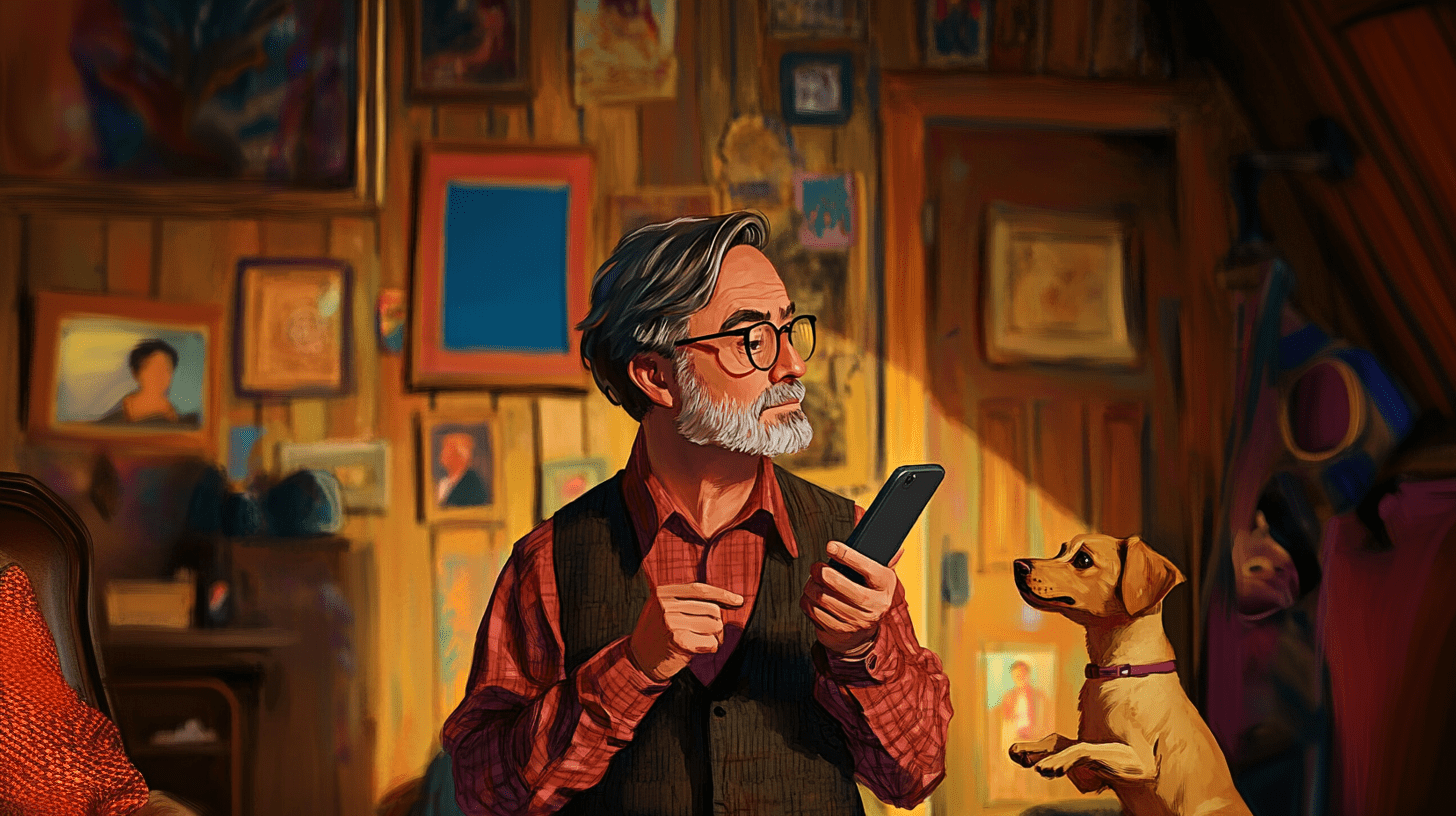Is the Medium Still the Message?
Why Marshall McLuhan is still relevant to marketing
September 12, 2023
Introduction
If you’re a Canadian of a certain age or have studied communications theory, it’s a fair bet that you’ve heard of Marshall McLuhan and/or his most famous phrase: “The Medium is the Message.”
As you can probably tell by our company’s namesake, we’re big fans of McLuhan and it’s not just because we love our Heritage Minutes trivia. Now more than ever, we are witnessing the tectonic shifts media platforms are making – not just in the way we structure and manage marketing campaigns for our clients – but society and its institutions as a whole.
New social, new tech, and new ways to communicate and conduct commerce are being introduced at breakneck speed. As more platforms come online – not to mention the implications of AI – the way we communicate, engage, and live our day to day is being quickly reshaped.
Executive summary – bottom line up front
To honour your time and promote accessibility, we always provide key takeaways at the top of our longer content pieces.
Here is everything you need to know about McLuhan and “The Medium is the Message”:
- Marshall McLuhan was a Canadian philosopher, media theorist, and educator who gained prominence in the 20th century for his groundbreaking ideas about communication and technology.
- One of his most famous concepts is "The Medium Is the Message," introduced in his book Understanding Media: The Extensions of Man, published in 1964.
- McLuhan's theory suggests that the medium through which information is transmitted has a more profound impact on society and individuals than the actual content of the message itself.
- In essence, the characteristics of the medium shape how people perceive and interpret the information, influencing their experiences, behaviors, and interactions.
- McLuhan's theory encourages a shift in focus from dissecting the content to understanding the inherent qualities of the communication medium as a powerful determinant of societal changes and cultural shifts.
- This idea has had a lasting impact on the fields of media studies, communication, and technology, as it challenges conventional notions of information transmission and highlights the complex interplay between technology, culture, and human perception.
- From a marketing perspective, understanding that the way the information is delivered is just as important as the information itself. This helps us make more informed choices about the interplay between channels and content, allowing us to deliver more impactful results that resonate with our audiences.
Why does this topic deserve indepth exploration?
As marketers, we’re always making tough choices about how to invest our clients’ resources and budget. But there are much bigger questions that surround the value of the medium versus the message, and the subsequent implications to society.
Doing a deep dive helps us not only be more cognisant of how to approach marketing, but also gives us pause when it comes to our choices as marketing professionals. The mediums we choose and the content we send out affect and shape not just our target audiences, but the world as a whole.
How we spend our time and where we put our effort tells the story of what we value – professionally and personally.
What data says about shifting behaviours
We know that tech and social media apps and platforms are changing how we engage and even feel about ourselves. For example, recent studies have confirmed that social media is creating a generation that is hypersensitive to peer feedback (as anyone with a teen social savvy teen can confirm).
As our social-political discourse continues to reinvent itself to keep up with these technological shifts and their implications, it arguably is becoming harder to foster meaningful connections with the people we care about, never mind strangers or potential customers.
Businesses engaged in marketing today are navigating some turbid and choppy waters along their customer journey. Choosing where to spend your money and time can seem daunting and fraught with risk because, well … it is.
Understanding the theory of “The Medium is the Message”
McLuhan’s theory helps us perceive communication in a whole new light. This concept challenges us to look beyond the content (the message) and instead focus on the very means through which it is conveyed (the medium).
McLuhan's theory suggests that the form of communication influences our interpretation and understanding more than the actual information itself. By delving into this theory, we’re invited to rethink how we consume, create, and engage with information, unraveling the intricate relationships between technology, mediums, and the profound impact they exert on our perception of the world.
In the following section, we’ll add some context and deeper understanding of the theory as well as address McLuhan’s bias.
The mass media revolution of the 1960s
In 1964 when McLuhan published his seminal book, Understanding Media: The Extensions of Man, mass media was exploding with television changing the way we received information as well as the pace with which information spread.
McLuhan gave many interviews and guest lectures about how mass media, especially television, was rebuilding society at its core. He was the first to coin the term “global village” and asserted that individualism was waning in favour of what he called the “retribalization” of society.
In a now-famous CBC interview, he asserted:
“The world is now like a continually-sounding tribal drum, where everybody gets the message all the time. A princess gets married in England and — boom boom boom! — we all hear about it; an earthquake in North Africa; a Hollywood star gets drunk — away go the drums again.”
Admittedly, some of this language is outdated, but still – doesn’t it eerily sound like he’s predicting the modern-day internet?
What does McLuhan mean by “The Medium is the Message?”
McLuhan sought to draw attention to how technology was changing society and the way we think. He saw us going from a society where reading was central to one where technology, like television, was reshaping how we consumed information.
As one article puts it:
“McLuhan is acknowledging the difference between medium and message. He does not collapse the distinction. The key idea is that with any medium there are two distinct messages. He is introducing a further distinction.”
The article goes on to explain that McLuhan’s goal was to separate or call out the overt message (the content) from the underlying covert message (the medium) in order to draw attention to the existence of this secondary message as well the social and political consequences of it.
This certainly helps explain one of the more famous quotes from McLuhan’s book Understanding Media:
“For the “content” of a medium is like the juicy piece of meat carried by the burglar to distract the watchdog of the mind.”
Okay, this is arguably a prime example of why he drove other academics insane (see below). That said, we believe he’s arguing that content distracts us from how the medium itself is changing society – not necessarily that content has no value. A juicy piece of meat is still delicious (and nutritious), but this deliciousness can prevent you from noticing what’s happening to you as you consume it.
As one scholar put it, McLuhan believed the medium teaches us how to think (while content teaches us what to think) and this “can radically impact how we interpret and consume the content that’s being presented.”
It’s not that content has no value, more so, it's an acknowledgment that the medium can reshape how we engage, communicate, and even think.
This is what concerned McLuhan the most. He often characterized mass media as extensions of our own bodies and felt that television in particular was having a negative effect on nervous systems and our attention spans.
In his later years, he even characterized television (the medium, not the content found on television) as a “potent drug” and advocated for more regulation.
Imagine what he’d say about today’s social media?
A favourite amongst people, but not always academics and critics
McLuhan’s theories were controversial at the time with many academic scholars and critics arguing they contained too many aphorisms and not enough substance to have merit.
When it was published, Time described his book, Understanding Media, as “fuzzy-minded, lacking in perspective, low in definition and data, redundant, and contemptuous of logical sequence.”
Yet despite his detractors, he still rose to cultural prominence. As author and McLuhan biographer Douglas Copeland once wrote,
“Marshall McLuhan entered the collective imagination and became a huge media star. He did this either as a guru or as a villain – as a harbinger of the flowering of culture, or of its death.”
As fast as he became a media star, his remaining years of teaching saw his star power diminish. Sadly, he eventually developed a brain tumour that grew to the size of a lemon. While it was successfully removed, it left him with memory loss and cognitive impairment.
According to The Globe:
“Colleagues at the University of Toronto advised their students not to take his courses. In the fall of 1979 he arrived to teach his first class and found only six students enrolled.”
In September of that year, he suffered a catastrophic stroke and died a little over a year later on December 31, 1980. A rather sad ending for one of Canada’s most brilliant minds.
Addressing McLuhan’s inherent bias
Through today’s lens, McLuhan’s language and word choice (i.e., “tribal,” etc.) reveals his bias (white, male, Western, colonial, etc.), but is this enough to discount the merit of his ideas altogether?
Media theorist and black studies scholar Dr. Armond Towns asserts it is still possible to find value in McLuhan’s theories today. In the article “When Digital Media and Racism Intersect, the Medium Is Still the Message,” Towns speaks to his desire to explore non-white perspectives from the time period during which McLuhan began theorizing:
“I love McLuhan and think his work is fascinating. Even though (he) was wrong in some ways, we can’t just discard him. I want to apply him in different contexts and build on his ideas.”
We believe that McLuhan still has value, despite his bias. His conceptualization of how mass media would give rise to collectivism and interconnectedness was almost prescient given how entrenched media is in society today.
Conclusion
Hopefully, this exploration of "The Medium Is the Message” has shown that the theory still has value to marketers because it highlights that the way information is conveyed is as crucial as the content itself. This insight can help us craft more effective communication strategies, as different mediums influence how audiences perceive and engage with messages.
By aligning content with the unique characteristics of the medium we’re using to communicate with our target audiences, we can create more impactful campaigns that resonate deeply and lead to better engagement, brand recognition, and ultimately, improved outcomes.
In part two of our McLuhan series, we will explore the interplay of the medium versus the message in the context of modern marketing.
Read Part 2 - Applying “The Medium is the Message” Theory to Marketing Today
Additional resources
If you enjoyed this article, here is a list of resources to help you learn more about Marshall McLuhan.
Websites
Books
Videos
 Talk to a person
Talk to a person


